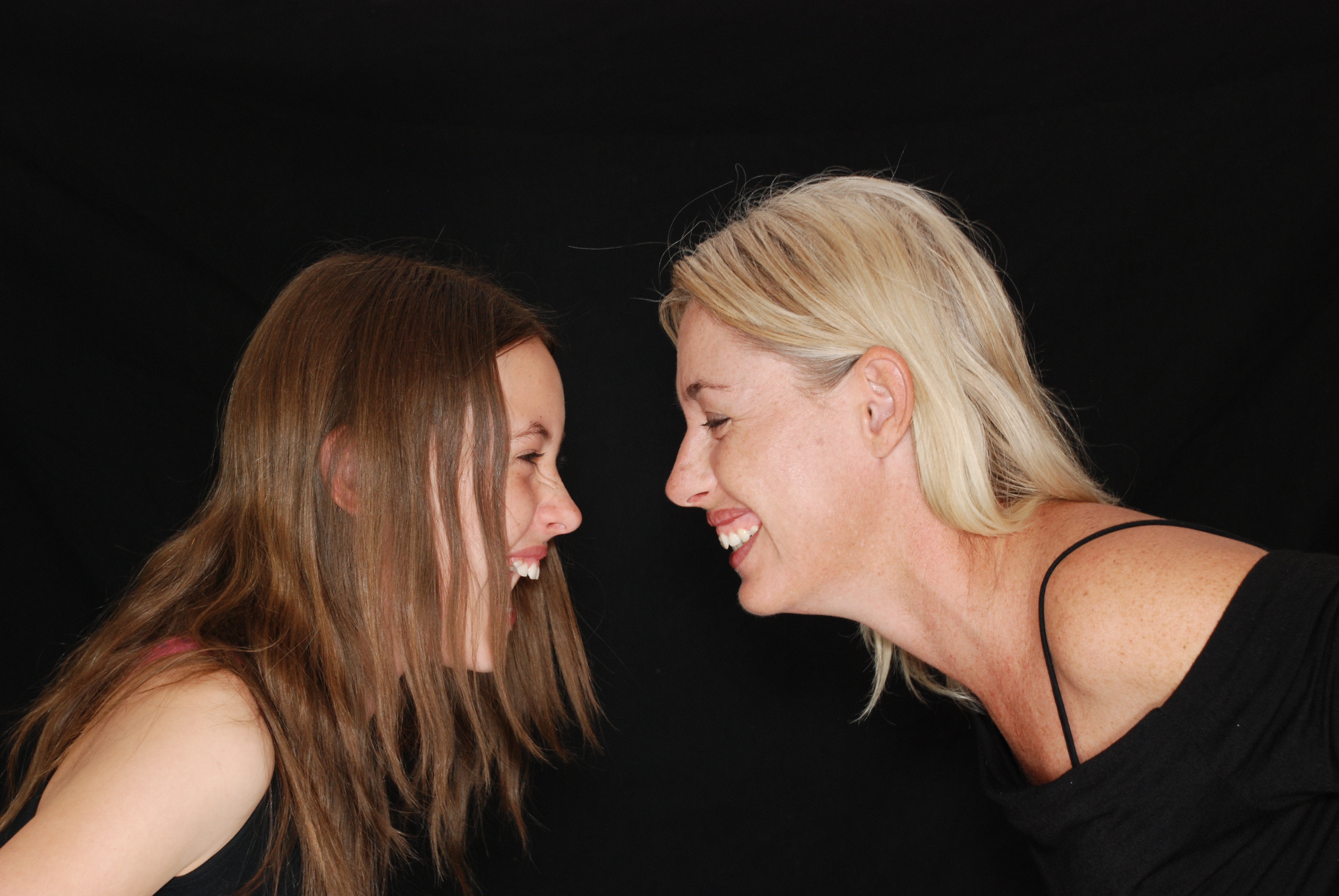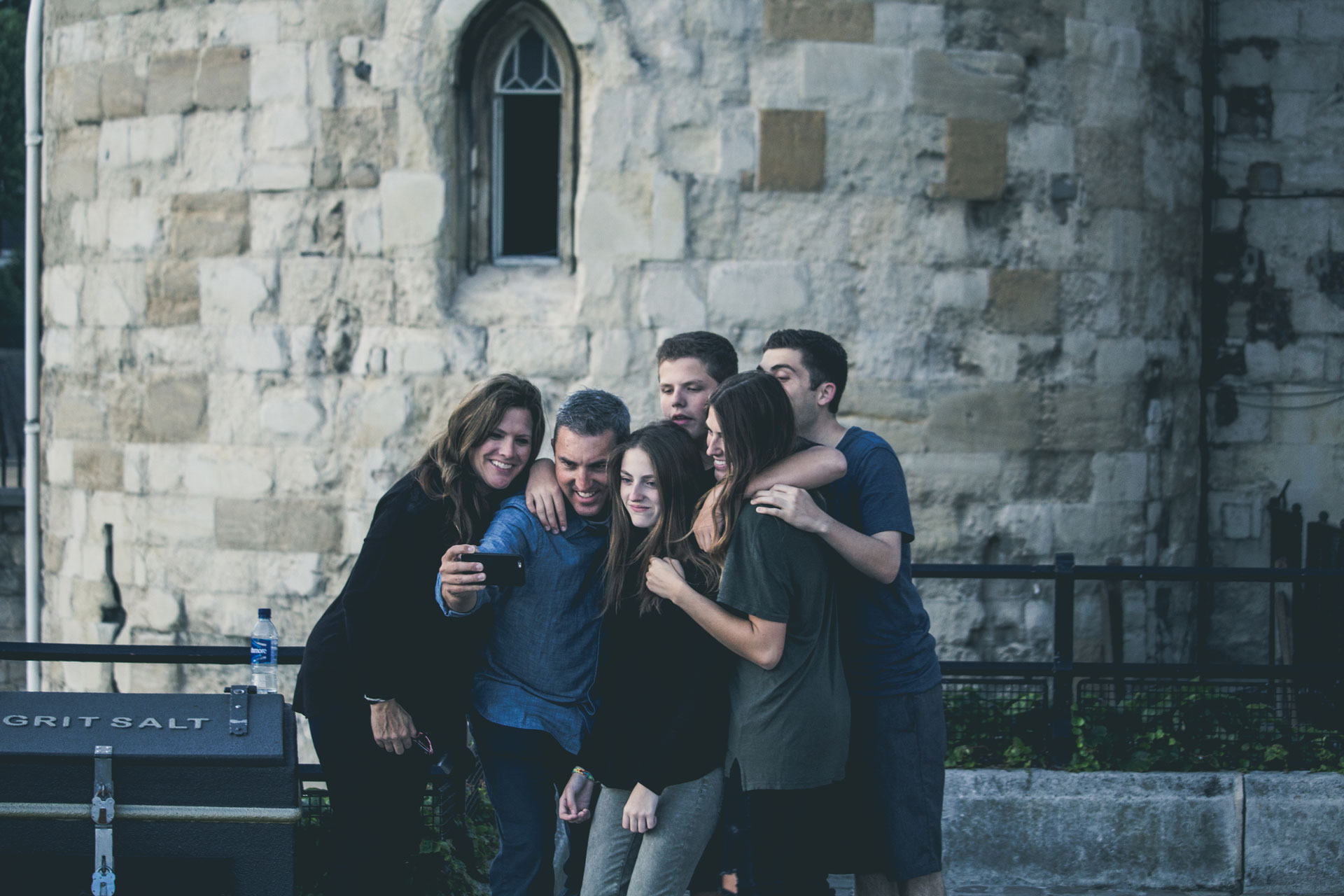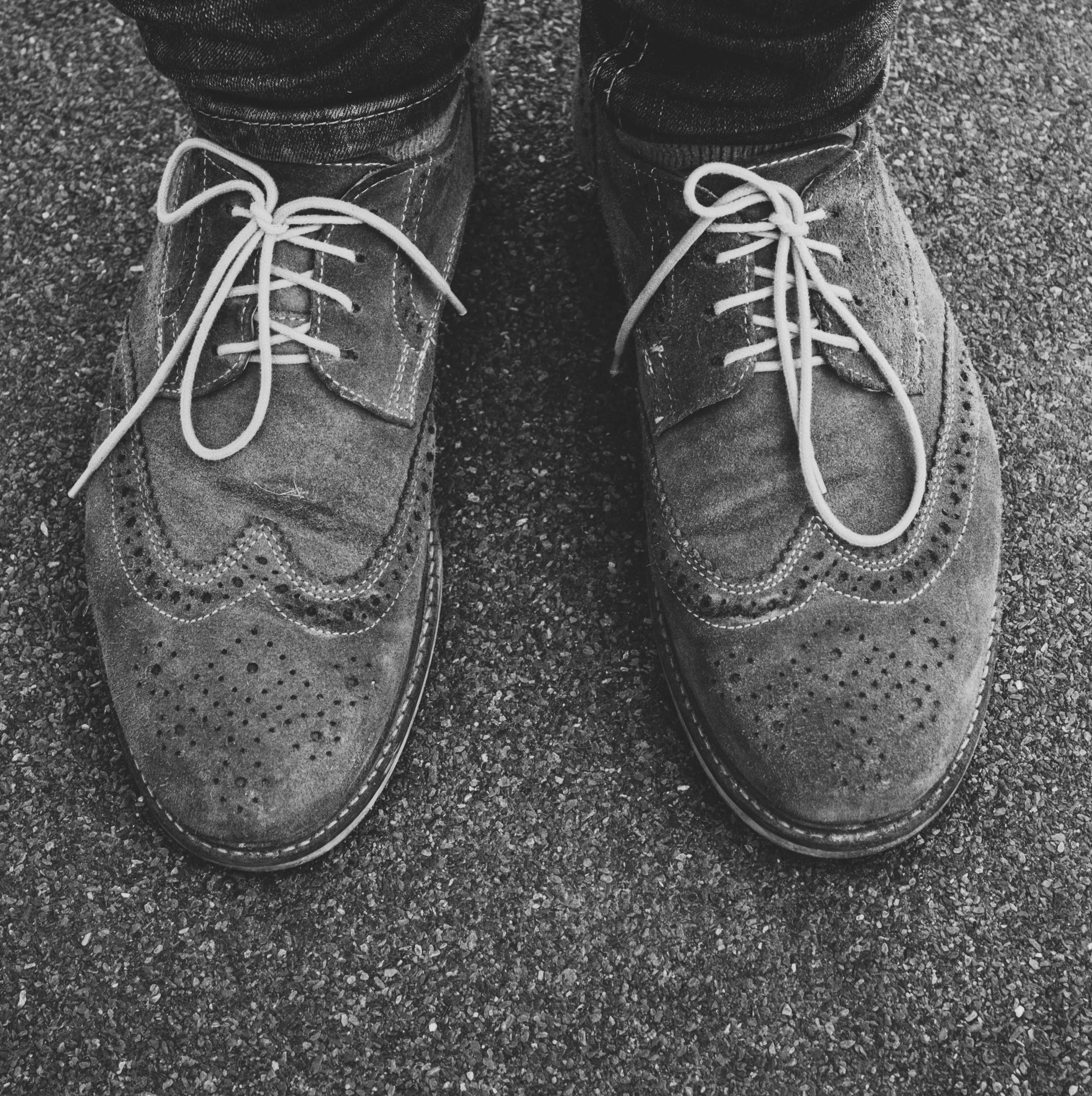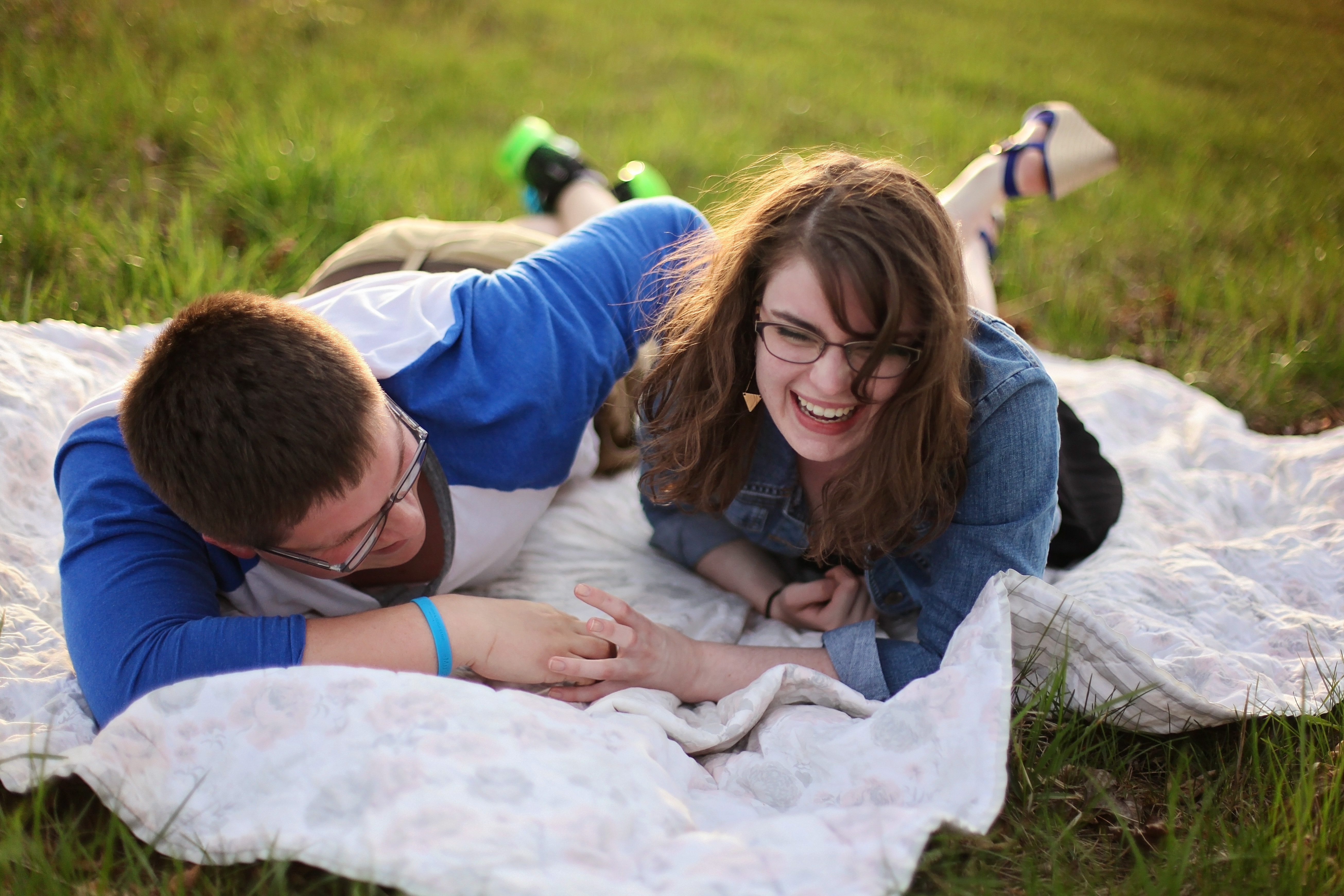6 Tips For Reading Body Language

How do you communicate without words? The answer is quite simple, and it’s perhaps the first thing we learn when we first came into this world. Body language plays a crucial role in a person’s life; it helps them to express their thoughts or decipher other people’s emotions.
Here are 6 tips on how to read body language:

1. Pay attention to facial expressions, but don’t always trust them.
Faces are what we’re most familiar with. A smile indicates happiness, and furrowed eyebrows show anger or confusion. Crying often means sadness, and widened eyes suggest shock. However, facial expressions aren’t always accurate. We’ve learned since we were young about the use of different expressions in certain situations to comply with social expectations. For example, you can’t just laugh at someone’s misery, nor should you frown when a colleague won the lottery. We learn to put on masks in front of people.
Looking at faces is the easiest way to gauge someone’s feeling and intent, but it’s not the most reliable way.
 2. Posture tells a lot about one’s emotional status
2. Posture tells a lot about one’s emotional status
Your friend approaches you with a slightly hunched back, relaxed shoulders, and a lazy wave. Your mom straightens her back and tenses her shoulders before giving you a lecture on some mistake you did. A new colleague walks stiffly like a fashion mannequin during his first few days of work.
Similar to the face, posture also betrays the inner thoughts of people, albeit more on a subconscious level. When people are stressed, their body becomes rigid in preparation for fight-or-flight responses, even if the ‘threat’ is only psychological. Their muscles tense up, resulting in a more awkward posture. On the other hand, if someone completely trusts and likes you, they’d feel more relax and more natural around you.
 3. Torso and protection of organs
3. Torso and protection of organs
To dig a little deeper on the science side of body language, let’s take a look at our torso, making up of the shoulders, chest, and belly. The body trunk contains many organs that are vital to our survival: heart, lungs, liver, and kidneys. Even if our bones already cover much of them, we also actively try to protect this part of our body from outside harm. For example, imagine seeing a stranger running toward you. How would you initially respond?
Most likely, you’d try to shield yourself with your arms and angle your body away from them.
This instinctive urge to protect your torso means that people would only expose their body trunks to those they trust and feel comfortable around. Someone giving you a tight hug or turning their body toward you are a couple examples of this trust.
 4. Where do their feet point?
4. Where do their feet point?
People don’t normally pay attention to their feet, so they aren’t aware that the direction of their feet indicates which direction they want to go, even if they’re in the middle of a conversation.
For example, if someone has their feet pointing at you, it means that they wish to approach you even though they are talking in their group. When two people engage in an interesting talk, each of their leading foot often steps forward. When only one person is interested, you’d only see one leading foot of the person interested stepping forward. And, if someone wants to leave the meeting, their feet will likely point toward the direction of the nearest exit or the place they want to go. It may be because they simply do not want to talk to you, or because they are running late for something.
 5. Attraction
5. Attraction
The body language of attraction depends on both the conscious and subconscious mind. If someone likes you, they’d want to show you that they’re interested. They flirt with you. The body language varies from people, but there are some general physical signs that someone likes you. Leaning and head tilting show that they are interested in you and your conversation. Mirroring your action is another sign of attraction, and so are self-grooming habits—such as smoothing ties or touching hair—and standing close you. However, it’s better to couple this type body language with their general attitude to decide if they are indeed attracted to you. It’s worth notice that shy and introverted people may hint at their interest different from more extroverted people.
 6. Body language can differ from country to country
6. Body language can differ from country to country
It’s important to note that because of difference in cultures and customs, a certain action may mean something else in another place. For example, a friendly pat on the arm in the Western world can be considered rude and an invasion of personal space in some Eastern countries, so don’t feel offended if someone you know reacts negatively to such action. Moreover, maintaining eye contact shows that you’re interested in the conversation, but Japanese and Finns are often embarrassed by direct staring and only seek eye contact at the beginning of a conversation. Make sure that you consider someone’s culture and background in mind before judging them for their action!
All in all, body language plays an important in social interaction and implicit understanding between people. Knowing the signs of someone’s specific emotions can help reduce the need for an awkward explanation, if they want to leave the conversation, and also portrays you as a sharp and friendly person.



What a cool piece considering that emotional intelligence is being increasingly recognized as important and body language plays a big role in that. My favorite tip was about taking a person’s culture into consideration and how that might affect body language signals. I would’ve loved to learn a bit more about why facial expressions aren’t always reliable or accurate.
Out of all of the tips, which do you feel would be the single most reliable tip for “reading” another person’s body language?
Facial expressions aren’t always accurate because it’s something we all know and are aware of. In general, the further a body part from your brain is, the less you’re aware of it, and your face is right next to the brain. It’s not unusual to know that someone is sad even though they’re smiling, callous even though they’re crying at a funeral, or jealous despite the congratulations they give out. Like I said in the article, we learned how we’re supposed to act in certain situations, and as a result, sometimes we’re just putting on a mask to be accepted in society.
I feel like the most reliable tip would be the toe-pointing one. I’ve never noticed it before, but after doing some research, I can recall many times when I did exactly that. When you’re in a conversation, do you seriously wonder what’s happening to your feet? Likely no, because the brain is favoring other important issues over that, such as forming words and deciding on an appropriate reaction.
Thank you for reading!
[…] what happens when someone starts to feel more agreeable to another based on their subtle copying of body language and mannerisms. Basically, if you copy someone’s movements and look for subtle cues, they […]